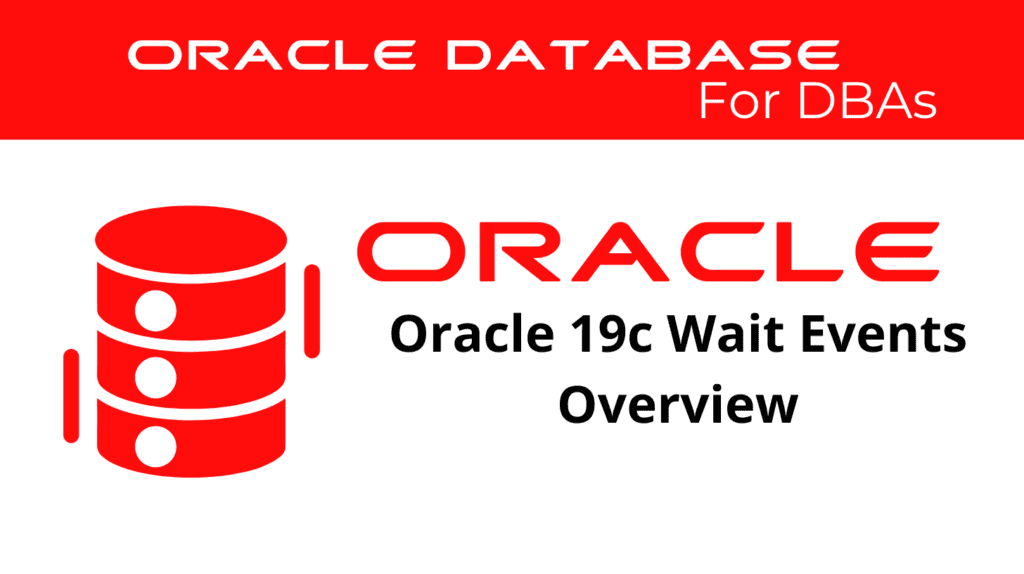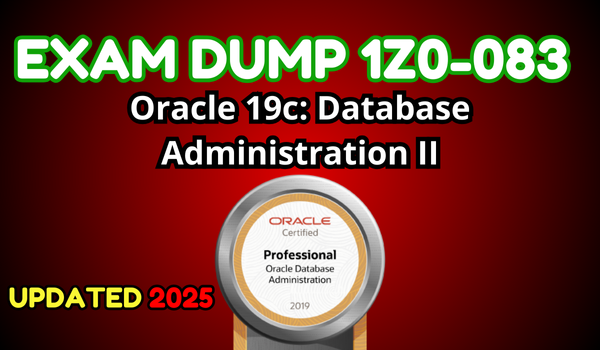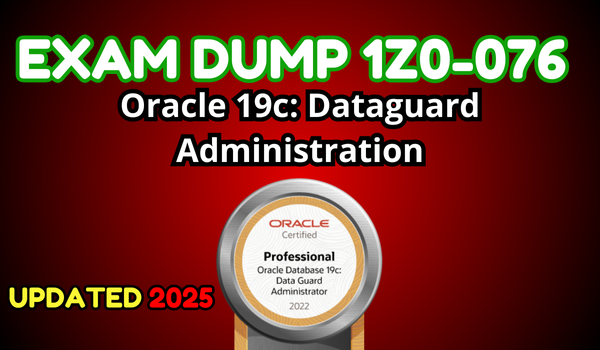
The Oracle 19c Wait Events are essential for understanding and diagnosing database performance issues. By examining wait statistics, DBAs can identify performance bottlenecks and implement solutions to enhance efficiency. This blog will explore the various wait events in Oracle 19c, focusing on their impact on performance tuning and how to effectively manage latency issues. Our objective is to provide a clear and comprehensive overview of wait and their role in optimizing Oracle databases.
Understanding Oracle 19c Wait Events
Oracle wait events are mechanisms that allow DBAs to understand what the database is waiting for. These events are crucial for identifying and resolving performance issues. Key wait events include:
- I/O Wait events: These events occur when the database is waiting for I/O operations to complete. Common I/O wait include
db file sequential readanddb file scattered read.
- I/O Wait events: These events occur when the database is waiting for I/O operations to complete. Common I/O wait include
- Lock Wait: These events happen when sessions are waiting for locks held by other sessions. Examples include
enq: TX - row lock contentionandenq: TM - contention.
- Lock Wait: These events happen when sessions are waiting for locks held by other sessions. Examples include
- Network Wait events: These events occur when the database is waiting for data transfer over the network. Examples include
SQL*Net message from clientandSQL*Net more data from client.
- Network Wait events: These events occur when the database is waiting for data transfer over the network. Examples include
By understanding these wait events, DBAs can pinpoint the exact cause of performance bottlenecks and take corrective actions.
Wait Events – Analyzing Performance Bottlenecks
Performance bottlenecks can severely impact database efficiency. By analyzing performance metrics and wait statistics, DBAs can identify and resolve these bottlenecks. Key steps in analyzing performance bottlenecks include:
- Gathering Data: Use tools like Automatic Workload Repository (AWR) reports and Oracle Enterprise Manager to collect performance data.
- Identifying High Wait Times: Look for wait events with high wait times, as these are often indicative of performance issues.
- Correlating Wait Events with Database Activities: Understand which database activities are associated with high wait times to identify the root cause of bottlenecks.
By systematically analyzing performance bottlenecks, DBAs can implement targeted optimizations to enhance database performance.
📢 You might also like: Oracle 19c Diagnosing Performance Problems Using V$ Views (Category: Performance Management and Tuning)
Wait Events – Best Practices for Managing Latency Issues
Managing latency issues is critical for maintaining optimal database performance. Best practices for addressing latency issues include:
- Optimizing SQL Queries: Poorly written SQL queries can cause significant wait times. Optimize queries to reduce latency.
- Efficient Resource Allocation: Ensure that database resources are allocated efficiently to avoid contention and wait.
- Regular Monitoring and Maintenance: Continuously monitor wait statistics and performance metrics to identify and address latency issues promptly.
By following these best practices, DBAs can effectively manage latency issues and maintain high database performance.
Challenges in Oracle Performance Tuning
Performance tuning in Oracle can present several challenges. However, with the right approach and tools, these challenges can be effectively managed:
- Complexity of Wait: Understanding the numerous wait and their implications can be complex. Continuous learning and use of comprehensive tools are essential.
- Dynamic Workloads: Oracle databases often handle dynamic workloads that can change rapidly. Adapting performance tuning strategies to these changes is crucial.
- Resource Contention: High levels of resource contention can lead to significant wait times. Proper resource management and optimization strategies are necessary.
By addressing these challenges, DBAs can ensure sustained performance improvements in their Oracle databases.
See more on Oracle’s website!
Conclusion
In conclusion, understanding and managing Oracle 19c wait events is essential for effective performance tuning. By analyzing wait statistics and performance metrics, DBAs can identify and resolve performance bottlenecks, manage latency issues, and maintain optimal database performance. Regular monitoring, efficient resource allocation, and continuous learning are key to successful Oracle performance tuning. With a comprehensive approach, DBAs can ensure their Oracle databases run efficiently and effectively.
Be Oracle Performance Management and Tuning Certified Professional, this world is full of opportunities for qualified DBAs!





